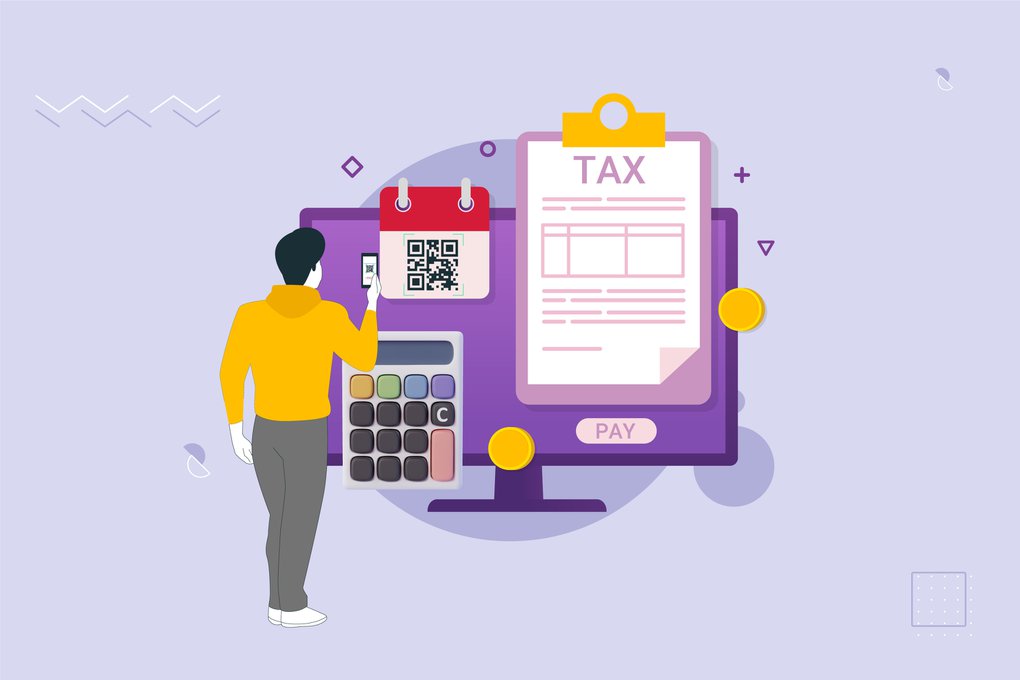


As the end of the financial year draws near, taxpayers gear up to file their income tax returns. However, navigating the intricate world of taxes can be daunting, especially for salaried individuals who must keep track of numerous documents and procedures. One such document that plays a crucial role in the process is Form 16, which acts as a certificate of the taxes deducted at the source by the employer. It's a document that can determine whether you get a refund or pay more taxes, making it essential to understand its intricacies.
In this article, we'll dive deep into what Form 16 is in income tax, what it contains, and how it can be used to file income tax returns. We'll break down the complexities and simplify the document so you don't have to pull your hair out trying to figure it out.
By the end of this article, you'll have a clear understanding of how Form 16 works and how it can make your life easier when filing your income tax returns. So, sit back, relax, and let's decode the enigma of Form 16.
Imagine you're working at a cool new startup, and at the end of the financial year, your boss calls you into her office and hands you a shiny document called Form 16.
Form 16 is a certificate issued by employers to their employees. It provides details of the salary earned by the employee during a particular financial year, the taxes deducted from the salary, and the taxes deposited with the government on behalf of the employee.
Think of it like this - Form 16 is like a map, showing you exactly where your money went and how much you owe in taxes.
This certificate is issued under Section 203 of the Income Tax Act, 1961, which mandates employers to deduct taxes from their employees' salaries and deposit the same with the government.
It's important to note if an employee has switched jobs during the financial year, worked with different employers simultaneously, and tax has been deducted at all places. A separate Form 16 must be obtained from each employer.
However, if the employer(s) did not deduct any tax at source from the employee's salary, considering their income for the year is below the tax-exemption limit. In that case, they will not issue Form 16.
Keeping track of all the Form 16 received from different employers is crucial as they are required while filing income tax returns. Think of Form 16 as a personal report card for the financial year and store it securely to avoid any last-minute hassles.
Form 16 has two parts - Part A & Part B.
In Part A, you'll find all the juicy details about your employer, including their name, address, and PAN and TAN details. Plus, it's got the scoop on the period of your employment and details of TDS deducted and deposited with the government.
Part B includes all the nitty-gritty details of your salary, other incomes, deductions allowed, and tax payable. With this information, you can make informed decisions about your tax planning and maximise your refunds.
Form 16 is issued by the employer to the employee. It is issued on or before 15th June of the following financial year.
For instance, if you're working in the financial year 2022-23, your employer should issue Form 16 on or before 15th June 2023. So, just like how you eagerly wait for your report card in school, keep an eye out for your Form 16 too!